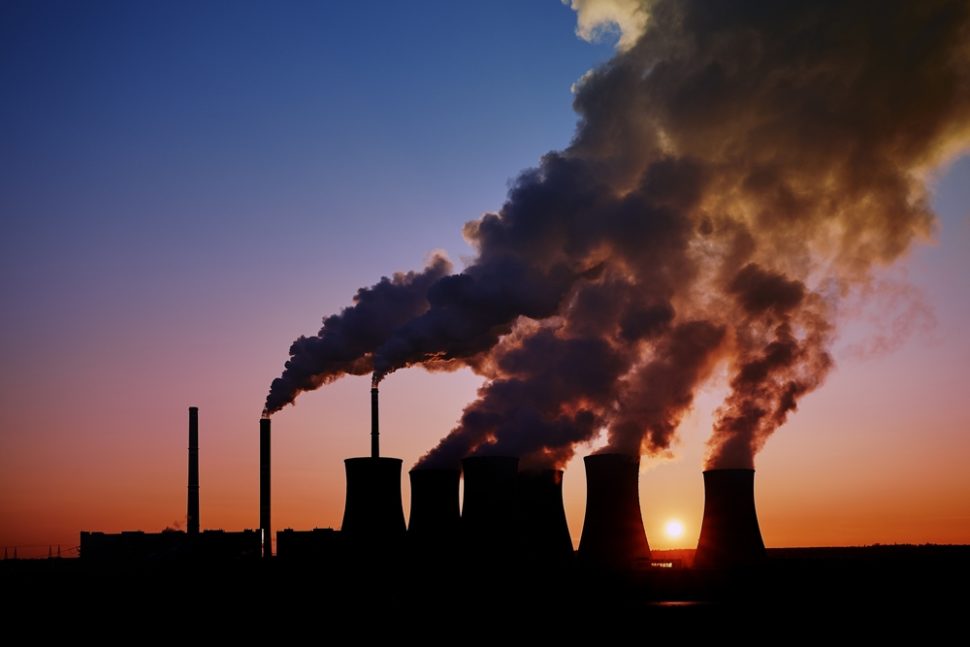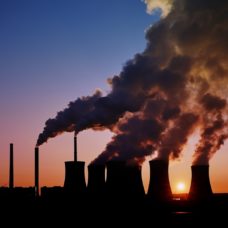According to a recent report, Carbon dioxide concentration in the atmosphere was at a record high in 2018. What’s more, it’s set to hit another milestone at the end of this year.
Every year, the World Meteorological Organization (WMO) releases a report on the state of greenhouse gas emissions on the planet. And this year was no different.
Unfortunately, the new Greenhouse Gas Bulletin doesn’t offer much good news.
At 407.8 parts per million, CO2 concentration in the atmosphere was at a record-breaking high last year. What’s more, the report suggests that our planet has not witnessed such a level in millions of years.
In a statement, secretary-general of WMO, Petteri Taalas explained:
“It is worth recalling that the last time the Earth experienced a comparable concentration of CO2 was 3 to 5 million years ago. Back then, the temperature was 2° to 3° C warmer, and sea level was 10 to 20 m higher than now.”
This led to the conclusion that the window of opportunity to mitigate the effects of climate change is closing fast.
Measuring the Planet’s Carbon Dioxide Concentration
For the study, the WMO collected data from 53 countries across the world. Using this information, the organization was able to deduce the average carbon reading for the entire planet.
The findings revealed an average global carbon reading of 407.8 ppm in 2018. That’s almost 50 percent higher than the pre-industrial 280 ppm emission level.
Also, the 2018 carbon dioxide concentration reading is slightly higher than the 2017’s 405.5 ppm global average. According to the bulletin, this increase is similar to 2016 to 2017, and the carbon level was just above average for the last decade.
Sadly, the growth rate seems to be increasing over the long term.
The average carbon dioxide concentration level increased by 1.42 ppm per year between 1985 and 1995, says the report. Then, this number grew to 1.86 ppm between 1995 and 2005.
Finally, the researchers recorded an average increase of 2.06 ppm per year between 2005 and 2015.
Taalas noted:
“There is no sign of a slowdown, let alone a decline, in greenhouse gases concentration in the atmosphere despite all the commitments under the Paris Agreement on Climate Change.”
These growing number suggests that current effort to address CO2 emissions may not be effective. In fact, current CO2 levels put us on track to hit another milestone at the end of the year.
Back in 2015, the planet’s carbon level first crossed the threshold of 400 ppm. Now data from the WMO suggests that this figure could pass 410 ppm by the end of 2019.
Aside from carbon dioxide, the Greenhouse Gas Bulletin shows that other greenhouse gases are on the rise. These include methane, and nitrous oxide, both of which have exceeded their decade average.



















Every year, the World Meteorological Organization (WMO) releases a report on the state of greenhouse gas emissions on the planet. And this year was no different.